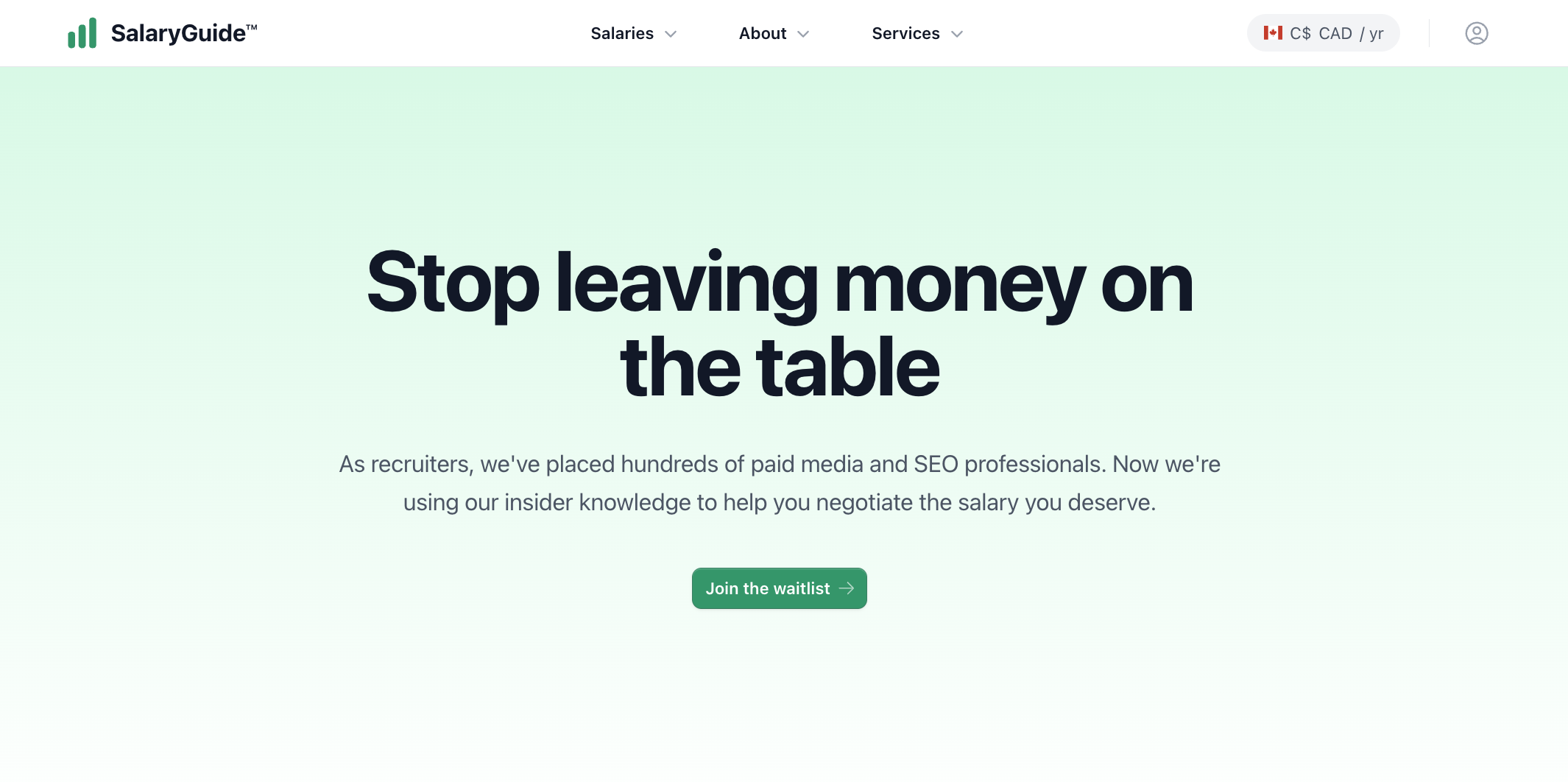Mastering SEO communication to effectively convey strategies to help meet business goals can effectively clear a pathway to SEO success, and its vital place in any business.
The world of SEO is full of jargon that tends not to make much sense. Even when you learn the terms and their definitions, it can still be hard to understand exactly what SEO is, how to do it properly, and why it’s important.
Poor SEO communication can be a dire mistake, especially when trying to pitch to prospective clients or your boss–who may not be as well-versed.
In order to successfully implement SEO strategies, it’s imperative that you, your clients, and your boss are all speaking the same language. After all, communication is key. Mastering SEO communication is the best way to make sure you’re putting your best work forward and ensure your client’s goals are being met.
Additionally, by explaining not only what but focusing on how and why a technique or SEO method works, people will start to share your enthusiasm. Often, they aren’t excited because they don’t care; it’s just that they are having a hard time grasping the concept you’re employing.
By mastering the effective communication strategies outlined in this article, you’ll have an easier time improving website traffic and, most important, driving conversions.
Let’s dive in.
Understanding the language of SEO
As a seasoned SEO pro, you might have a vocabulary full of jargon that comes out when talking about your work. This could lead you to say words like spiders and crawling, confusing your client, who now suddenly thinks you’re talking about arachnids or insects.
Even though you throw them around in your daily conversations, it’s a safe bet your client or your boss might not be as familiar.
Our best tip? Don’t assume they understand the terminology you’re throwing at them. Try to explain it in a simple way so that you don’t waste your time or theirs.
You should spend some time explaining the definition, sure, but an equal amount of time needs to be given to discuss the purpose or methods of this tactic too.
Here are some examples of terms and how you might better communicate them by answering what it is, how it works, and why it is important:
XML Sitemap
- What? A file that lists a website’s essential pages.
- How? It helps search engines understand your website structure.
- Why? You want search engines to look at every page of your website to increase traffic.
Link Building
- What? Getting other websites to link to pages of your website.
- How? Increase the number of high-quality inbound links to your webpage.
- Why? To boost the credibility of your website so that it ranks higher and brings in more traffic.
Featured Snippet
- What? Google search results that appear above the first search result.
- How? Answering questions in short summaries.
- Why? Increase traffic by being the first search result for a query.
The same goes for other words like spiders, crawling, indexing, canonicals, redirects, 404s, mobile friendliness… you get the idea. Some are sure to come up more than others, but it is always important to have a simple yet effective explanation of what they mean ready to go when you use them in conversation.
If you make a list of jargon-y words with a quick reference of what, how, and why following, it will ensure everyone is on the same page.
SEO Communication with stakeholders
It’s important to remember that SEO is not tangible. It may be something you think about all the time, but upper management, the development team, external clients, or agency partners likely don’t spend as much time with it as you do.
Another important tip is that you must craft the right message for the right audience. For example, if you’re trying to get an idea across to the IT team, you will likely use different terminology than when you speak to the marketing team or to your boss.
Before you present to anyone within an organisation, it’s important to take the time to identify what is most important to them. In doing so, you can speak their language. For example:
- Focus on large opportunities when speaking to your boss.
- Focus on the amount of time and resources needed when speaking to the marketing team.
- Discuss in detail the potential ROI when speaking to a potential client.
The next best piece of advice includes setting clear goals and making sure your progress is organised and managed in a clear, structured way. There are many productivity tools that can help you stay on task and your client or boss stay up-to-date.
By laying out your goals, providing updates, and with progress reports, you can manage expectations and make sure all parties are on the same page.
One of the most important features of these updates is the language you use. It’s essential to use plain language that non-SEO experts can clearly understand. Otherwise, you risk the details being lost in translation.
Aligning SEO Communication Efforts with Your Business Goals
When communicating with a client or with your boss, asking the right questions is key. Especially if you’re starting a new position or working with a new client, you need to figure out exactly where the business stands in order to know what the next steps should be.
Every business, startup, client or company will have different business goals. As an SEO expert, it’s important that you are conscious of the status of the company you’re working with. For a business that is just starting its SEO journey, you might want to focus first on conducting keyword research as an example.
From keyword research to creating content plans that support the overall business strategy, your tasks and expectations will change from job to job. The key factor is figuring out what is needed of you for each specific job and then delivering on those expectations.
Measuring your SEO success
After you’ve aligned your SEO efforts with your client’s or boss’ business goals, you now have to think about how you will measure and report the success of those efforts. This can be tricky – and it shouldn’t always look the same.
Depending on who the stakeholder is, you must measure and report SEO success in a way that is meaningful and easily understood by them. This requires you to have a deep understanding of their desires, expectations, and aptitude.
Some strategies for measuring and reporting SEO success include:
- Tracking website traffic
- Reporting on conversion rates
- Showing them search engine rankings
When you lay this information out for whomever it is you’re presenting it to, it can be overwhelming and quite boring. As a writer, though, you have a particular skill for storytelling that you shouldn’t neglect here.
Storytelling through SEO data is powerful and is often more impactful than simply reporting on the numbers. Use visual reports and dashboards to tell the story of your SEO work in a way that is easily understood so that your efforts do not go unrecognised.
By documenting and reporting on your work, you can build transparency with your client or boss and your efforts can be more clearly understood. Add context to the numbers, highlight key wins to give yourself credit and show them you know what you’re doing. Make sure you save it, store it, and share it.
Final words
Today’s digital marketing landscape is crowded and competitive. Everyone is jockeying for the top position, to put out the best content, and to get the most web traffic. To meet those SEO goals, it’s hugely important that everyone speaks the same language. Companies must prioritise effective communication across different stakeholders and align SEO efforts with their unique business goals to achieve optimal results.
This is only possible by first having a deep understanding of the language of SEO. Then, it’s important to communicate appropriately with the stakeholders involved. Be sure to align SEO efforts with business goals and, last, to measure and report on your success. By prioritising communication, you can set yourself and your stakeholders up for SEO success.
If you’re looking for more information and actionable tips on mastering effective SEO communication, explore our latest resource: From Keywords to Boardrooms.



